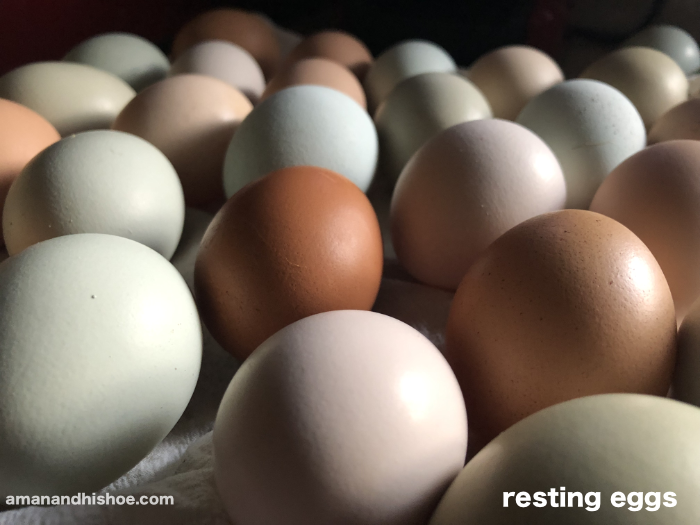Your cart is currently empty!
Month: May 2019
-
Summer Days, Summer Colors
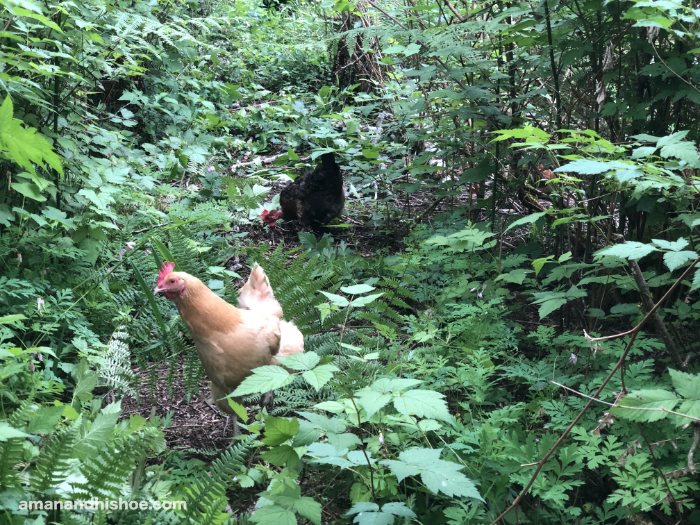
We are past the days of new green. The only tree that hasn’t leafed out and settle in for the summer is the mimosa. The chickens spend hours exploring the lush forest floor.
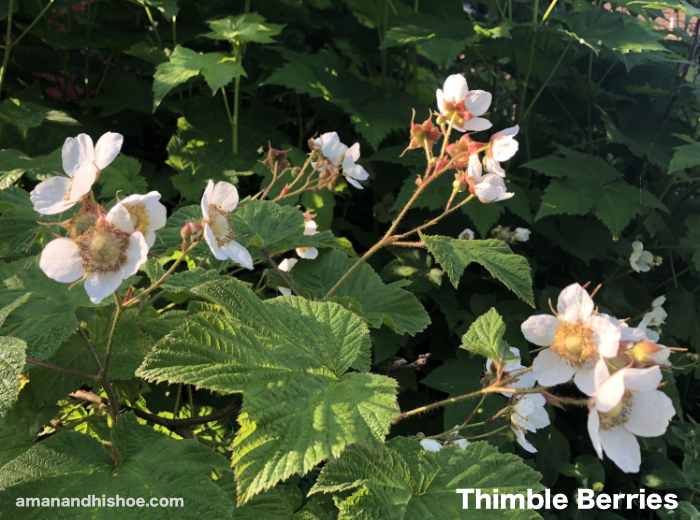
Soon, bright red thimble berries will be right for eating off the stem. From petal fall to sweet ripeness happens quickly. All it takes is a few weeks of bright sunshine.
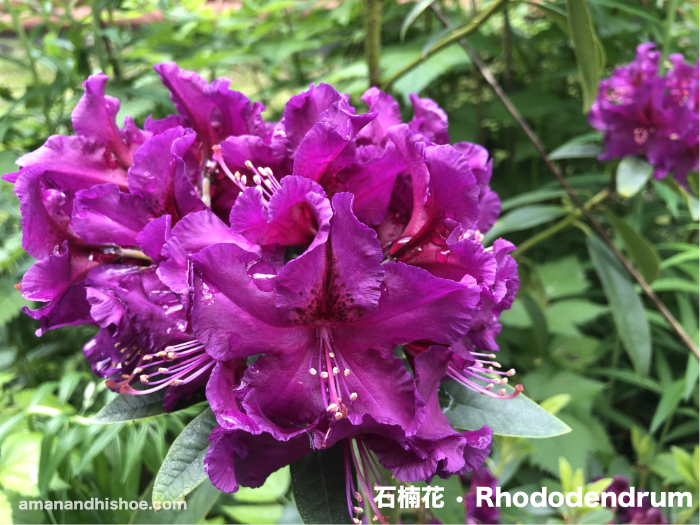

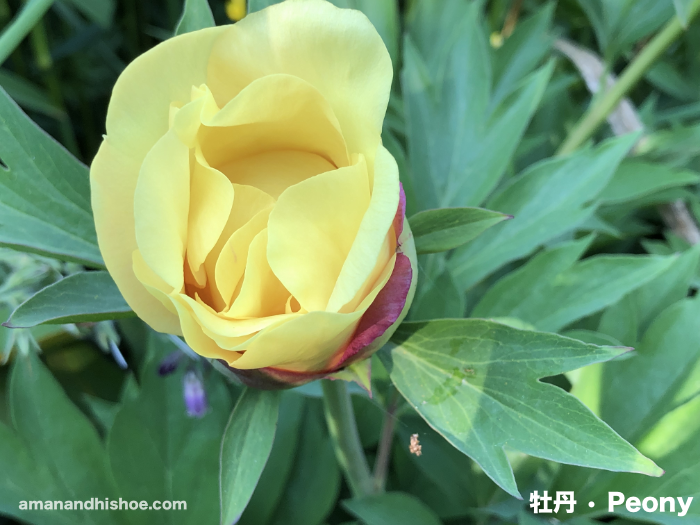
The scent of peonies wafts through the garden. The white ones are as glorious as thunderheads rising above the mountains.

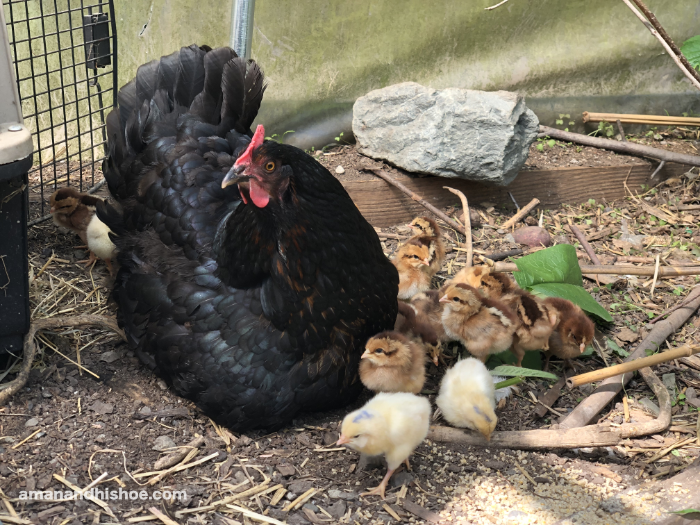
A few weeks ago I was concerned that I didn’t have any brooding hens yet. I even borrowed this broody black hen to mother a clutch of Welsummer chicks I ordered. This week, four of my hens have gone broody. I will have plenty of mother hens to raise many chicks.
The brown chicks are Welsummers. The light ones are Redstar roosters the hatchery added to keep the Welsummers warm on their two day journey here. Though, since I ordered 18 of the Welsummer chicks, it is more likely the hatchery added the Redstars to get rid of them. Oh, well, it is what it is. Summer is no time to be upset, not with peonies in bloom.
-
Under Summer Skies, the Gardens Riot

Looking out at today’s gray skies, it’s hard to believe that just a few days ago we were staring up at brilliant blue summer skies. Yesterday’s rains were a welcome relief. The forecast is for more sunshine and warmth. The garden is already a riot of green and color.



If you want to provide bees with plenty of food, comfrey is the plant for you. Instead of blooming all at once, its flowerheads are made of rows of flowerbeds which uncurl and bloom row by row. Cut the plant down, and in no time, new shoots spring up to bloom all over again, providing bees with flowers much of the summer, and you with a steady supply of verdant mulch.
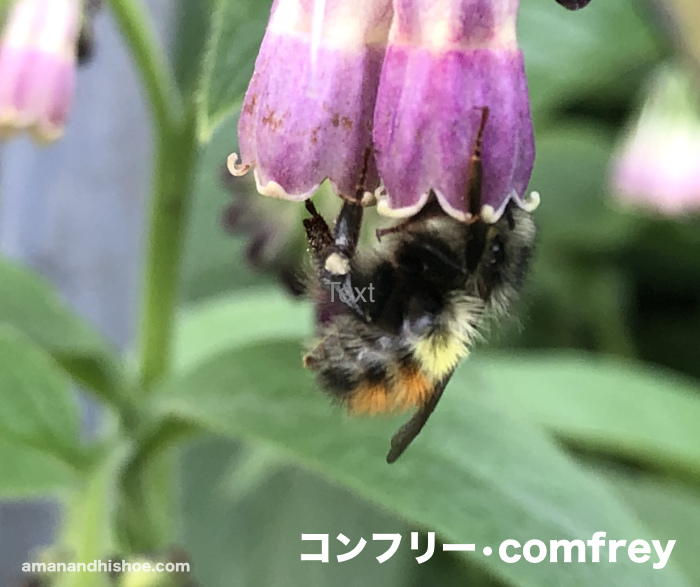

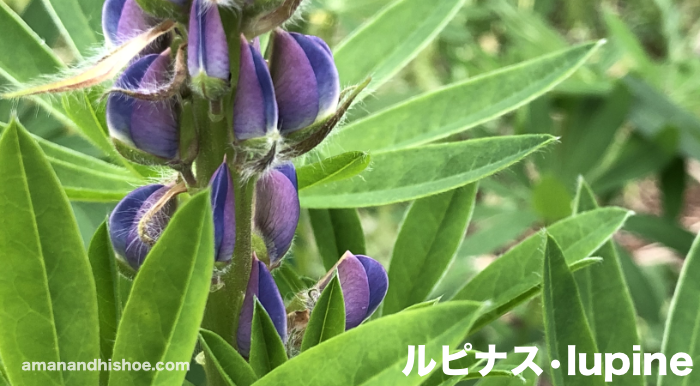
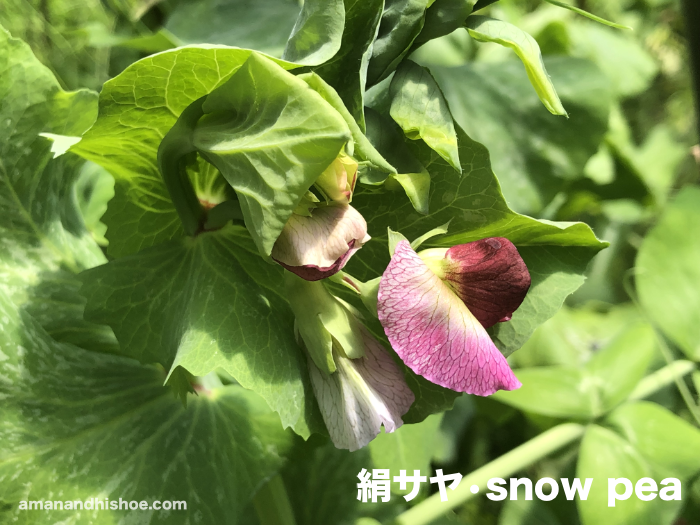
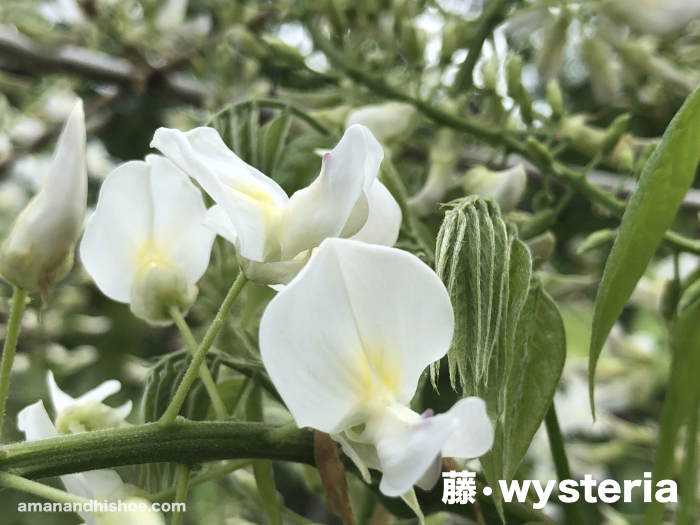
-
There Should Be a Name

One of our duck hens had made a nest, and for the past days, I’ve been collecting the eggs the ducks laid, and adding them in the nest. I think I counted eight yesterday in the nest. This morning, when I opened the hoop house where the ducks spend the night, Emma was not there to greet me and scold me for locking her up all night the way she usually does.
I found her tucked away on the nest. What a pleasant surprise. She may just be laying an egg, though I doubt it. I’ve never caught her laying an egg at this time of day. And she hissed at me when I got close. My heart’s dancing with joy at the possibility that she is brooding.
If she is, the ducklings will be a mix of Welsh Harlequin and Welsh Harelquin-Cayuga mix. If she is brooding, today is day one. Duck eggs take twenty-eight days to hatch, which means, if all goes well, there will be beeping in her nest June 10 or so. And even if she isn’t brooding, or things don’t go well, I enjoyed a moment of great delight this morning.
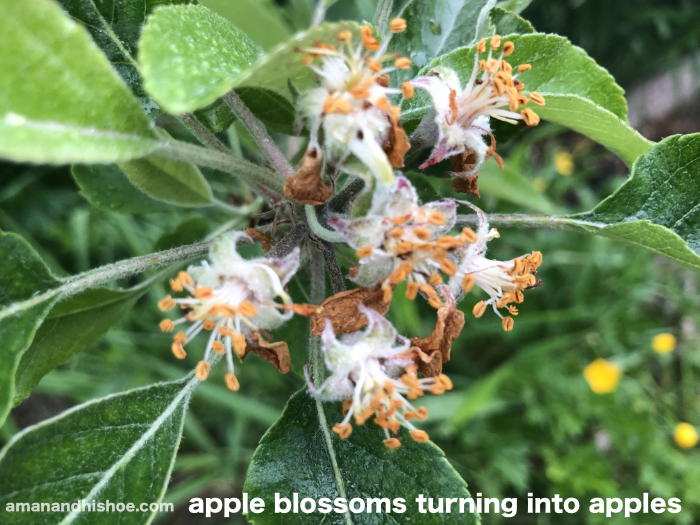
The apple blossoms have lost their petals and are on their way to becoming apples. What do we call blossoms at this stage? There seems like there should be a name for them.

-
Early Summer – Dreaming of No Waste

Today’s clouds are a welcome relief from the early heatwave of the past few days which gave us a taste of July and August in May. The yellow dandelion flowers have turned into fluffy white balls, which float away with the slightest breeze.
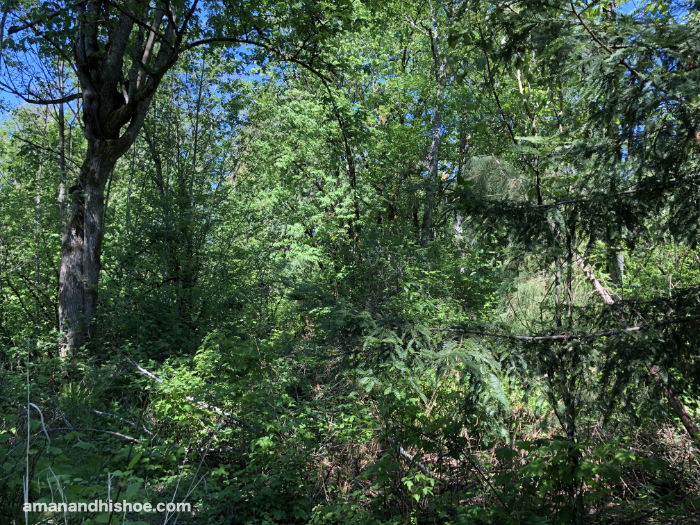
You’d never know that the woods are full of chickens, their favorite place to be. It’s not until you hear their alarm calls, that you even know they are there.
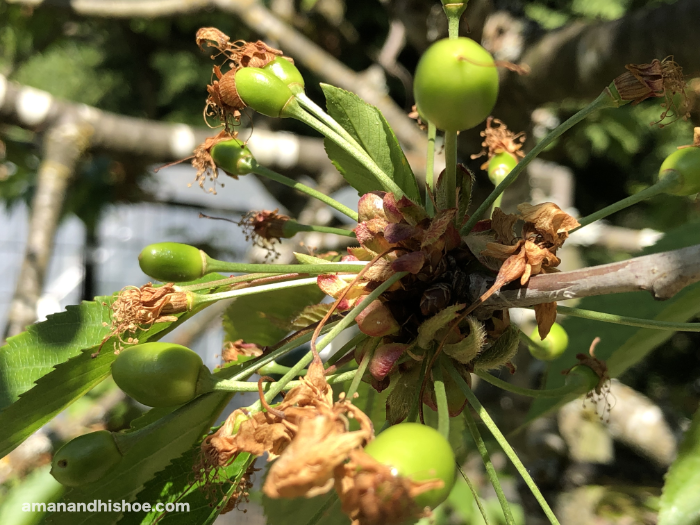
The cherry blossoms have become baby cherries. Another month or so and they will be plump, sweet, and irresistible.

I’m getting bountiful rows of pulled weeds clearing the garden beds. They should make good potato beds. I’m covering them with gunny sacks with holes cut out for the potatoes to grow through. Come mid summer I’ll find out how well this works.
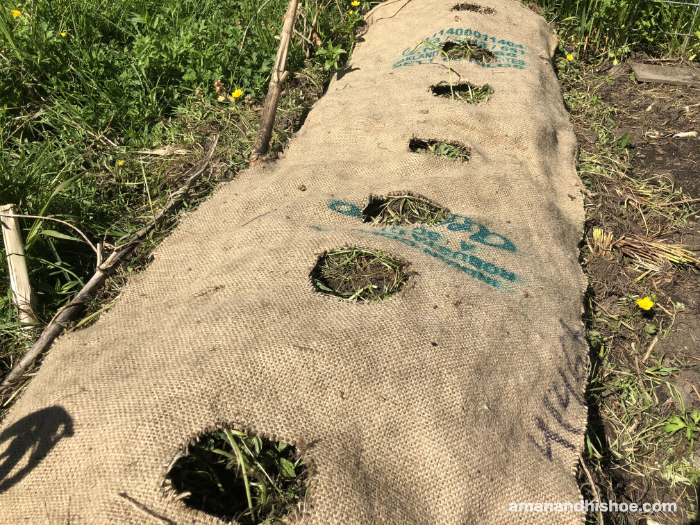
Working in the garden and woodland, I’m in awe that nature never has any waste. There are no garbage piles in nature. Everything that is made can be reused, recycled, composted.
There is a small town in Japan, Kamikatsu (no English on the town’s home page, but fun to click through anyway), on the island of Shikoku, which has a goal of becoming a no-waste town by 2020.

They recycle 80% of all their waste. They have a recycling center where the townspeople bring their waste, and sort it, not into simple categories like paper and plastic, but into many categories. For example, there are 9 categories just for paper products. There is a chart of 1,152 items, from aluminum-coated paper candy wrappers to whiskey bottles to dresser mirrors, listing which bin to put each item.
Try as they might, they can’t yet get down to 0% waste because of the way products are manufactured. To get to 0% waste, they need companies to rethink how products are made and packed, and to design 100% recycling into the products before they leave the factory.
It‘s inspiring to see a small town in the mountains of Japan taking on the goal of reducing waste to zero. Their efforts have attracted attention from around the world. How different things would be if producing zero waste was taken for granted, and it was the way everything was made. Nature does it. Why can’t we?
-
Hints of Summer
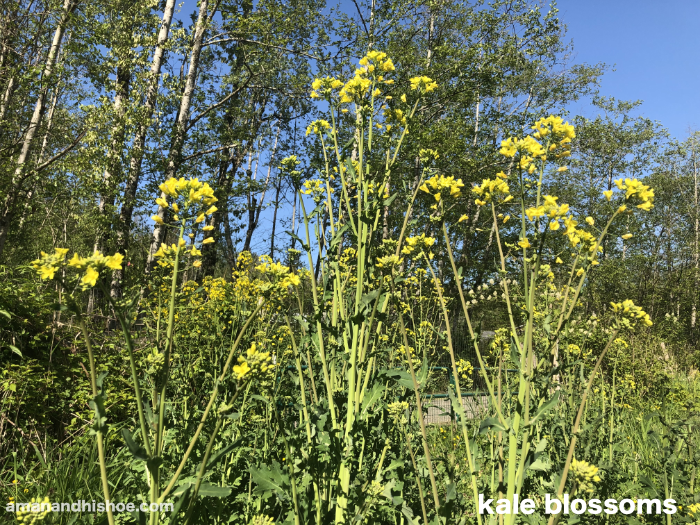
There are hints of summer in the air. The kale has gone to bloom, sending sprays of yellow flowers higher than I am. Their stalks are tender and sweet. All it takes is five seconds or so in simmering hot water to turn them into a feast.

The ducks are grateful for the hours I’m spending weeding the garden beds. They waddle away, their bellies full of earthworms and bugs. What all they are eating, I don’t know. They seem to see tiny insects I can’t see. Anything that moves they gobble down.

What’s left from weeding are rows of green, which will turn into soil by summer’s end. Much of it is buttercup. I was aghast yesterday when I saw an article of some plant breeder in England showing off a new variety of buttercup. People breed these things? Buttercups are hellbent on world domination. Left alone, they and the blackberries would smother all other living things.
As much as I lament buttercup, it is a wonder plant. I notice that the creatures in the soil love it. Amongst its many roots, earthworms and soil creatures thrive. On my knees, using a small, sharp hoe, it actually digs up rather easily. Have the right tool, and any job is a piece of cake. The rich biology buttercup nourishes with its roots makes for soft, fertile garden beds, so even though it takes hours of toil to rip it out of the garden beds, it does leave behind a good bed for planting vegetables.
